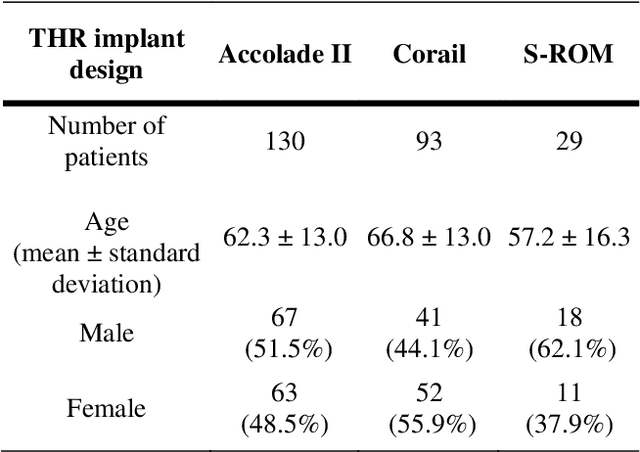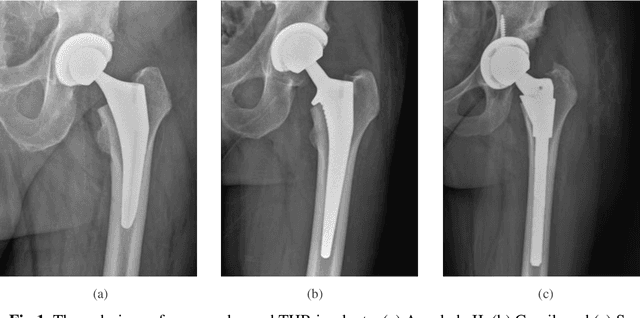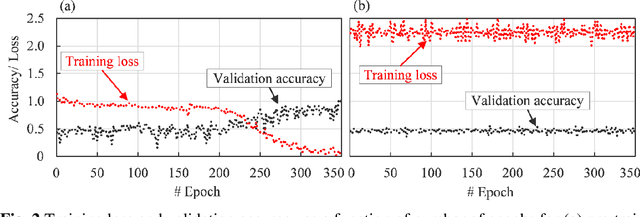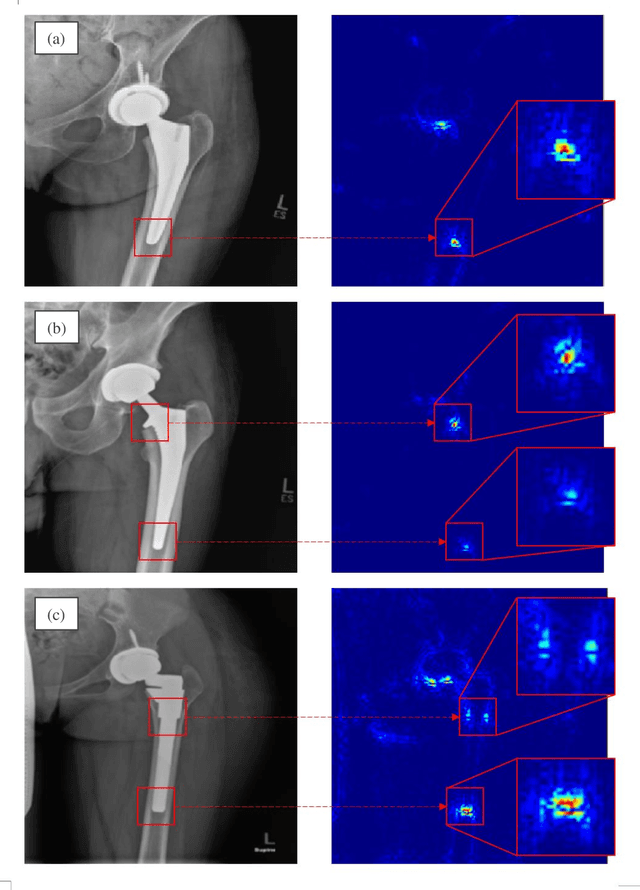Detecting total hip replacement prosthesis design on preoperative radiographs using deep convolutional neural network
Paper and Code
Nov 27, 2019



Identifying the design of a failed implant is a key step in preoperative planning of revision total joint arthroplasty. Manual identification of the implant design from radiographic images is time consuming and prone to error. Failure to identify the implant design preoperatively can lead to increased operating room time, more complex surgery, increased blood loss, increased bone loss, increased recovery time, and overall increased healthcare costs. In this study, we present a novel, fully automatic and interpretable approach to identify the design of total hip replacement (THR) implants from plain radiographs using deep convolutional neural network (CNN). CNN achieved 100% accuracy in identification of three commonly used THR implant designs. Such CNN can be used to automatically identify the design of a failed THR implant preoperatively in just a few seconds, saving time and improving the identification accuracy. This can potentially improve patient outcomes, free practitioners time, and reduce healthcare costs.
 Add to Chrome
Add to Chrome Add to Firefox
Add to Firefox Add to Edge
Add to Edge